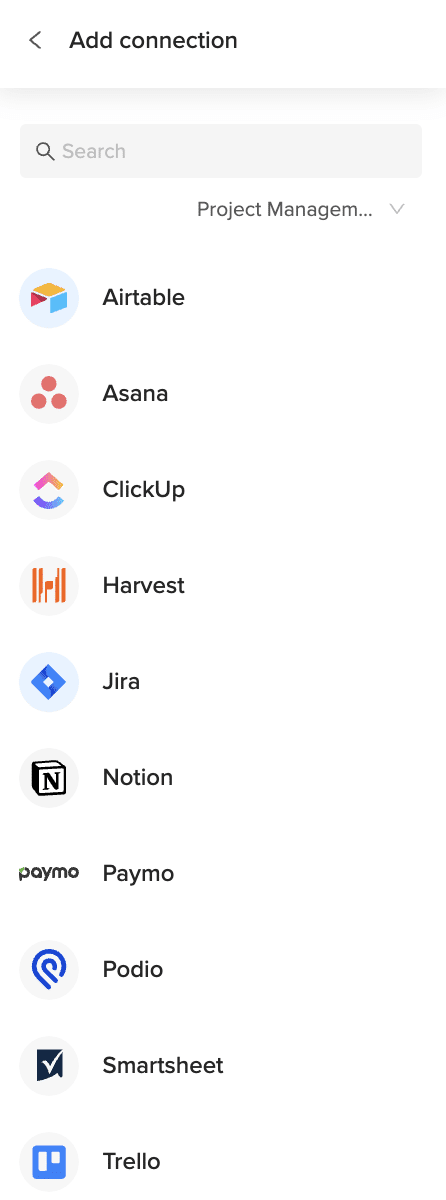Bringing your Asana Teams data into Excel helps you manage your teams, track team membership, and get an overview of your team structure. Manually exporting this data is inefficient and quickly becomes old.
Coefficient offers a live connection for automatic data updates.
This guide shows you the steps to easily import your Teams data from Asana into Excel.
TLDR
-
Step 1:
Step 1. Install Coefficient in Excel and connect your Asana account.
-
Step 2:
Step 2. Use Import from… to select the Asana connector.
-
Step 3:
Step 3. Choose the Teams object and select the fields you need.
-
Step 4:
Step 4. Import the data into your sheet and set up auto-refresh.
Step-by-step guide to importing Asana Teams into Excel
Step 1: Install and connect Coefficient
Get Coefficient installed in your Excel application to start.
- Open Excel.
- Go to the Insert tab.
- Click Get Add-ins.
- Search for and install “”Coefficient”” from the Office Add-ins store.
- Open the Coefficient sidebar, found in the Home or Add-ins tab.
- Click “”Import from…”” and select Asana. Follow the steps to connect your Asana account.

Step 2: Import the Teams data
With the connection ready, you can now bring in your Teams data.
- In the Coefficient sidebar for Asana, choose to import from an **Object**.
- Find and select the “”Teams”” object from the list.
- Choose the specific data fields from Teams that you want in your Excel sheet.
- Apply any filters or sorting if needed.
- Click “”Import”” to pull the data into your sheet.

Step 3: Set up auto-refresh (Optional)
Keep your Teams data current automatically.
- After the data is imported, find your import listed in the Coefficient sidebar next to the Refresh button.
- Click the refresh settings icon.
- Select “”Schedule”” to automate updates.
- Choose how often the data should refresh (e.g., hourly, daily) and set a time.
- Save the schedule. Your Teams data will update automatically.

Available Asana Objects
- Users
- Teams
- Projects
- Tasks
- Sections
- Stories
- Tags
- Portfolios
- Goals
How to Import Workspaces Data from Asana into Excel
Bringing your Asana Workspaces data into Excel helps you manage your workspaces, track their settings, and get an overview of your Asana setup. Manually exporting this data is inefficient and quickly becomes old.
Coefficient offers a live connection for automatic data updates.
This guide shows you the steps to easily import your Workspaces data from Asana into Excel.
TLDR
-
Step 1:
Step 1. Install Coefficient in Excel and connect your Asana account.
-
Step 2:
Step 2. Choose the Asana connector from the Import from… options.
-
Step 3:
Step 3. Select the Workspaces object and pick the relevant fields.
-
Step 4:
Step 4. Import the data into your sheet and set up auto-refresh.
Step-by-step guide to importing Asana Workspaces into Excel
Step 1: Install and connect Coefficient
You need Coefficient installed in your Excel application.
- Open Excel.
- Go to the Insert tab.
- Click Get Add-ins.
- Search for “”Coefficient”” and install it from the Office Add-ins store.
- Once installed, open the Coefficient sidebar from the Home or Add-ins tab.
- Click “”Import from…”” and find the Asana connector. You will be guided through connecting your Asana account.

Step 2: Import the Workspaces data
Now you can pull your Workspaces data into Excel.
- In the Coefficient sidebar for Asana, select to import from an **Object**.
- Choose the “”Workspaces”” object from the list.
- Select the specific data fields related to your Workspaces that you need in Excel.
- Apply any filters or sorting if required.
- Click the “”Import”” button to bring the data into your sheet.

Step 3: Set up auto-refresh (Optional)
Keep your Workspaces data current without manual updates.
- After the import is complete, find your import in the Coefficient sidebar next to the Refresh button.
- Click the settings icon for refresh options.
- Select “”Schedule”” to set up automated updates.
- Choose how often the data should refresh (e.g., hourly, daily) and set a specific time.
- Save your schedule. Your Workspaces data will now update automatically.

Available Asana Objects
- Users
- Teams
- Projects
- Tasks
- Sections
- Stories
- Tags
- Portfolios
- Goals